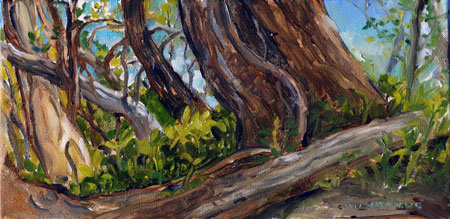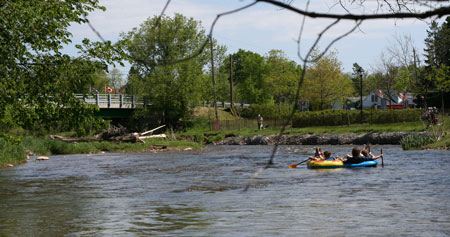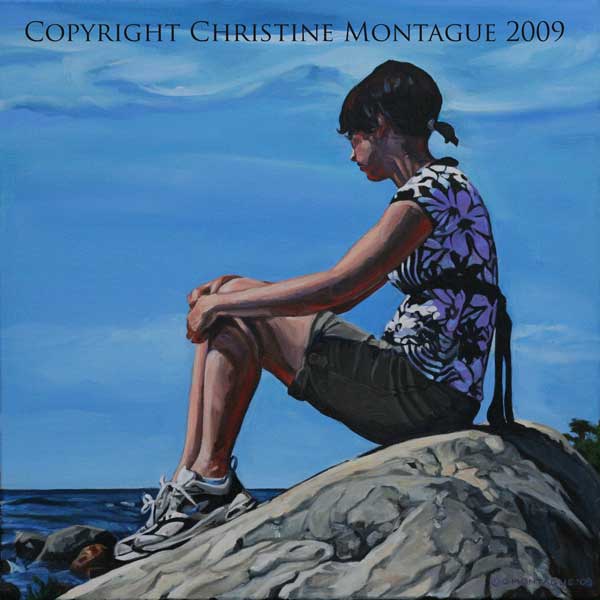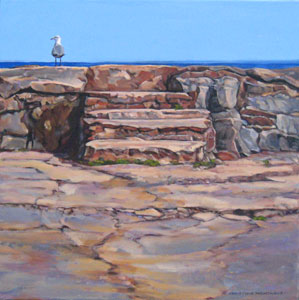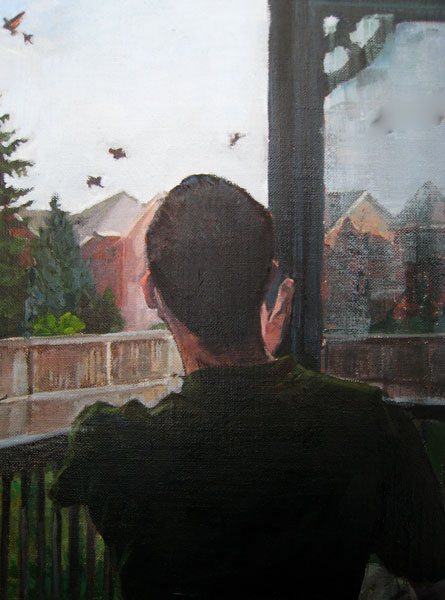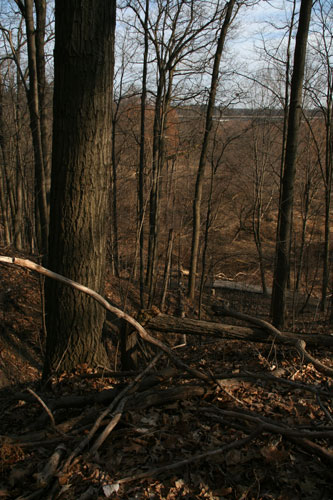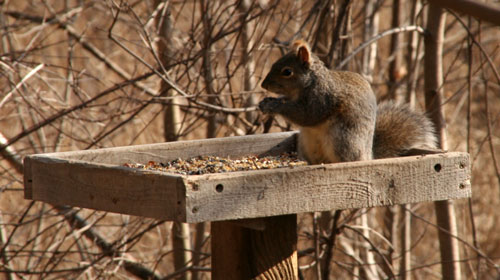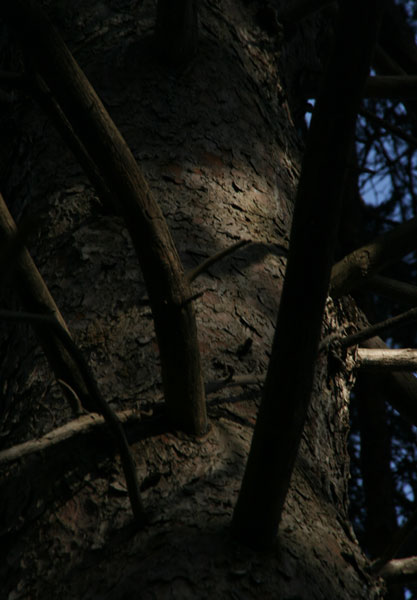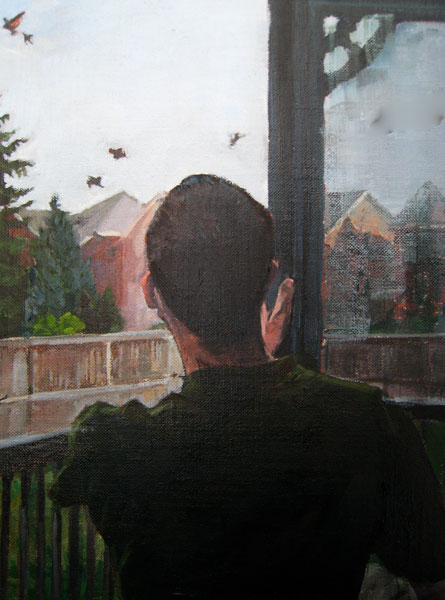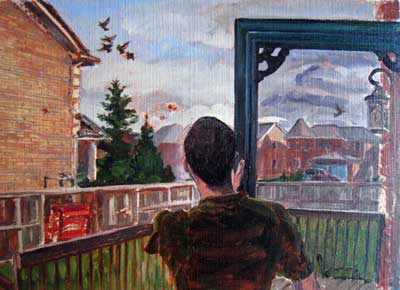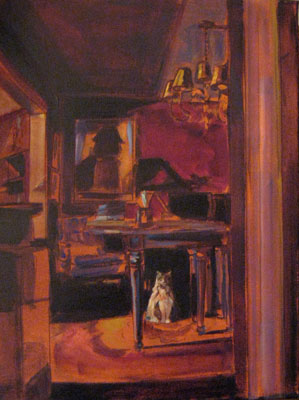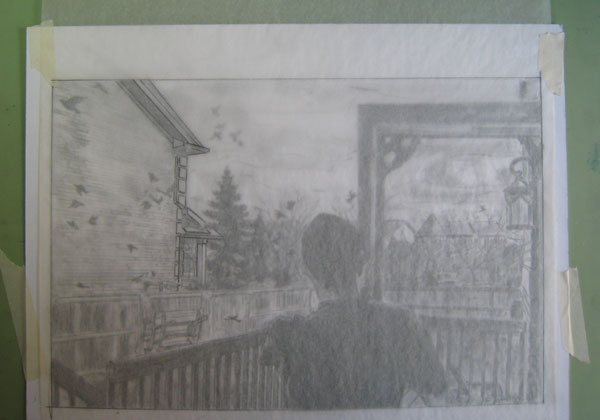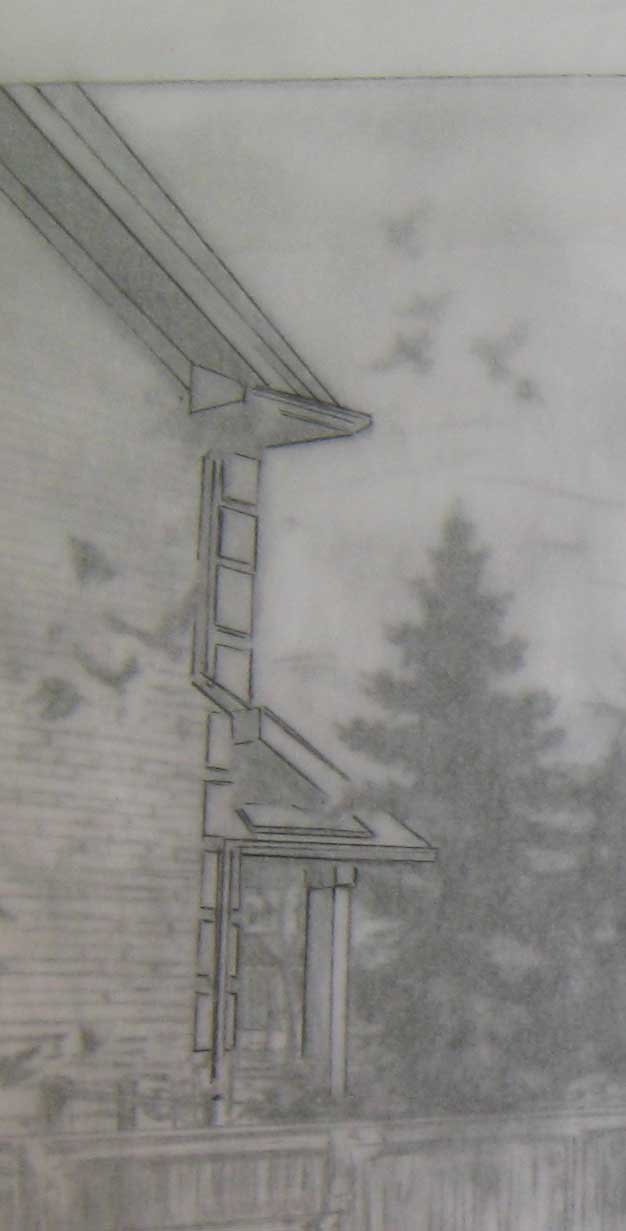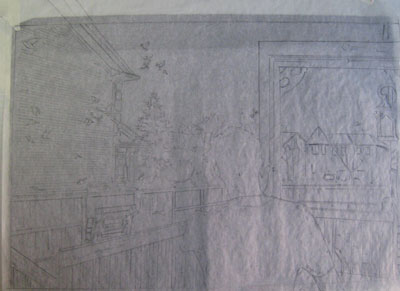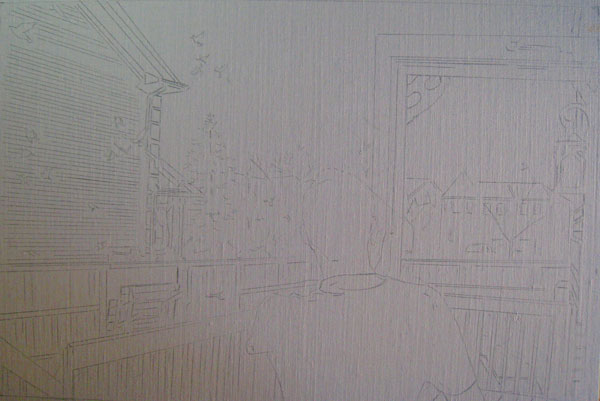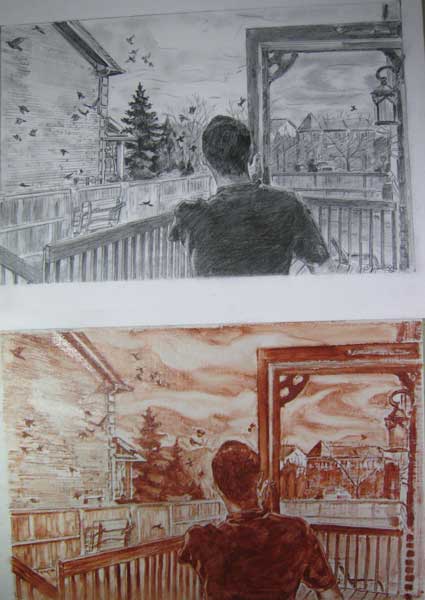 One of the joys of being an artist is the opportunity for life long learning, discovery and play (to misquote Hamlet "The play's the thing!"). Artists are probably one of the poorest (financially) of the professional demographics, but the reward of infinite growth is priceless.
One of the joys of being an artist is the opportunity for life long learning, discovery and play (to misquote Hamlet "The play's the thing!"). Artists are probably one of the poorest (financially) of the professional demographics, but the reward of infinite growth is priceless.
For a while now, I have been curious about the encaustic (from the Greek word "to burn in") or hot wax painting process. I had a series in mind that I envisioned with the built up, molten, textured, luminous look that results from painting encaustically. However, upon research, I discovered that the traditional hot wax process, with its fumes (as well as potential toxicity) of melting bees-wax, carnauba wax, damar resin, and pigment, was out of the question in my poorly vented studio which shares air space with 6 other artists. So recently, when Canadian painter Janice Mason Steeves http://www.janicemasonsteeves.com/ promoted her workshop in the "Cold Wax Process" -no heating wax, no excessive fumes- I enrolled.
Things to find out. How would this process differ from hot wax? How could I apply it my portraiture painting? Would it have the luminous and texture potentials of hot wax? (FYI I have noticed in word searches that bring readers to this article that it is wondered if canvas can be used as a surface. No. You want the solid surface of a panel os some sort so the wax doesn't crack when the canvas bends.)
Jan has a beautiful studio in Rockwood, Ontario, that was large enough for 8 of us to each work at a table of our own. Our goals were to play, experiment with colour, texture, and application on our prepared panels. My biggest challenge was "to play" with the medium. I am goal and product oriented, and any attempts to "play" resulted in one question "what if I did...?" branching into multiple more. I knew I was hooked when 10 prepared panels just weren't going to be enough!
Dorland's generously supplied the cold wax medium needed. This is the most remarkable product with a multitude of uses. (Sham - Wax!! :D) Check it out here http://www.paintspot.ca/cgi-bin/advice.pl?s=98 For our purposes we mixed it 50:50 with our oil paint and then squeegeed the resulting colours on in layers. Then the creative exploring started - wiping away, scraping, scratching, writing into, lifting off, blending, brayering in textured pattern from material, lifting off with newspaper, stencilled into - whatever this creative bunch thought to do.
On the second day, Jan instructed us to make ugly work, i.e., no thinking about finished products. Explore, experiment and play were the order of the day. But at the end of the workshop, when we took a look at each other's work, it seemed, we all failed ! Every piece - and we were a productive group - had a fascinating element. Eight very tired (playing can be exhausting) but very happy cold wax converts drove off into the sunset.
Encaustic Painting with Hot wax: Artist Jessie Fritsch has a nice explanation here http://www.jessiefritsch.com/encausticinfo.html
Great explanation here about is cold wax "encaustic". AMIEN stands for Artist Materials Information and Education Network http://www.amien.org/forums/showthread.php?2054-encaustics-with-no-heat
Here's another example of my cold wax work.








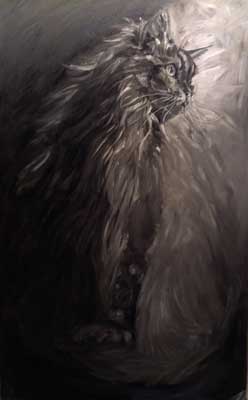

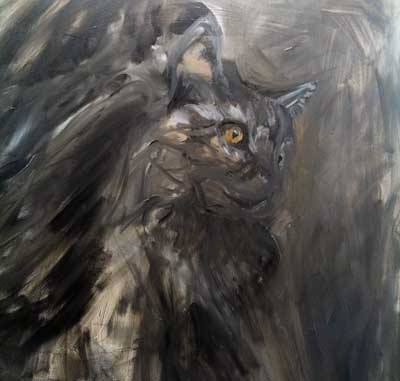
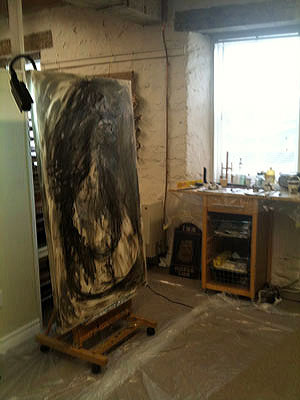
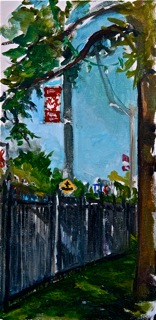 This weekend, I had the unique opportunity to exhibit my paintings during the South Side Shuffle Jazz Festival. Five other Mississauga artists and I put on an art show in the historic St. Lawrence Starch Company, on Lakeshore Blvd in Port Credit, Mississauga.
This weekend, I had the unique opportunity to exhibit my paintings during the South Side Shuffle Jazz Festival. Five other Mississauga artists and I put on an art show in the historic St. Lawrence Starch Company, on Lakeshore Blvd in Port Credit, Mississauga.